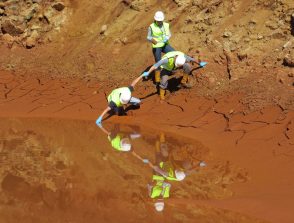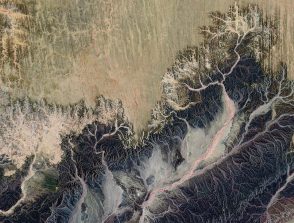What is the redox speciation of contaminants at the surface of heterogeneous colloids in aquatic and urban environments?
Determine the redox speciation of contaminants at heterogeneous colloid surfaces that consist of natural organic matter, metal oxides and clays
Start: 01 October 2024
End: 30 September 2027
Supervisors :
Remi Marsac, Yann Sivry
Related themes :
Earth System Science
Status: In progress







